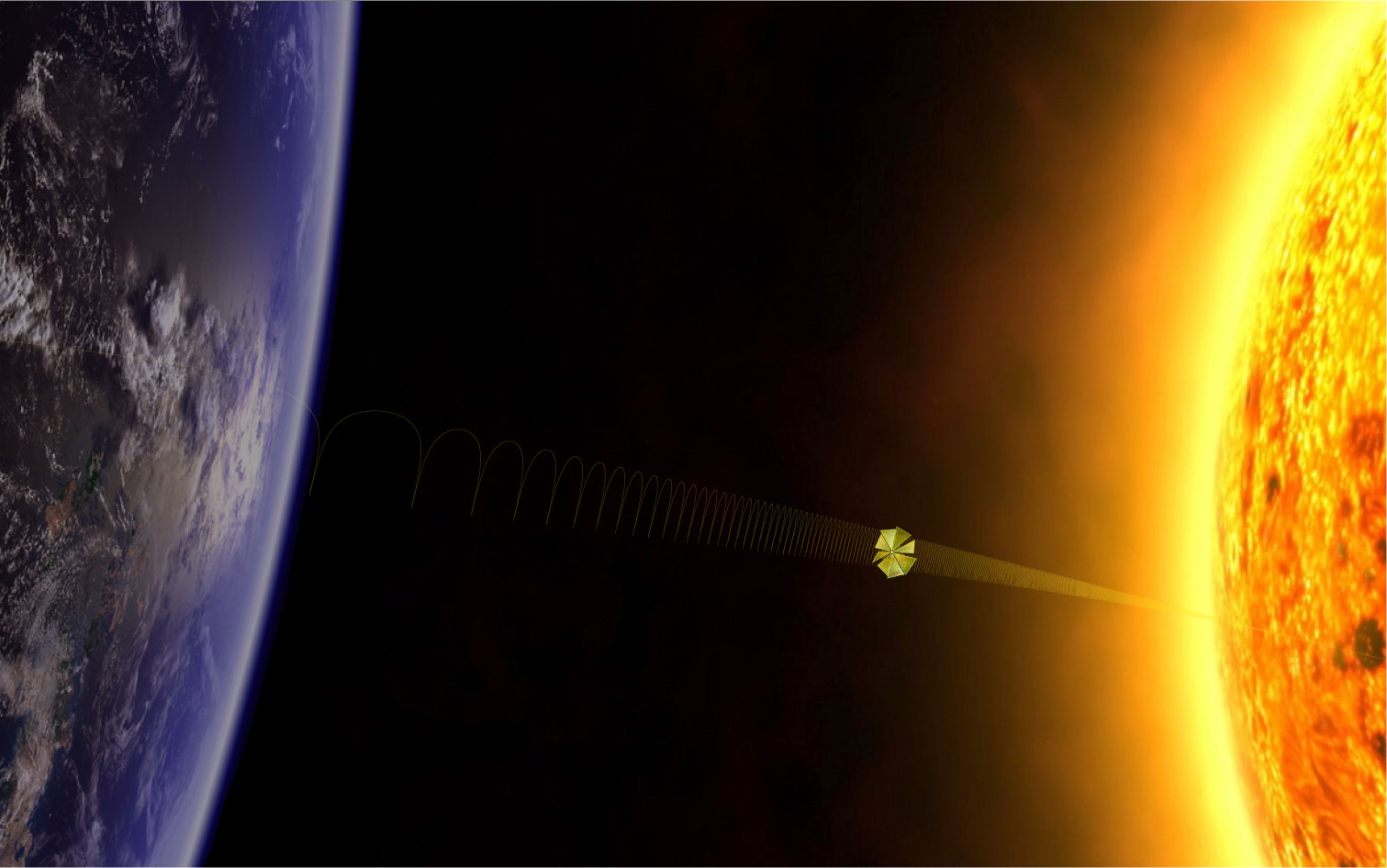

"Almost everything known or inferred about the inner core, from seismology or indirect inference, is controversial."
Don L. Anderson, "The inner inner core of Earth"
Proc. Natl. Acad. Sci. USA, Vol.99, No.22 (2002) 13966–13968.
One of the significant steps on the way to solving the problem is to calculate the probability of flavor oscillations in the Earth, taking into account the coherent interaction of (anti)neutrino with a dense medium. The study of neutrino oscillations in the Earth requires precise knowledge of its internal structural characteristics such as chemical composition, density distribution as well as its geometry, magnetic field distribution etc. All results that we have at present have been obtained using the Preliminary Reference Earth Model (PREM) by Dziewonski & Anderson [Dziewonski-1981], [Anderson-2007] which still remains the most widely used 1D model of seismic velocities in the Earth. In accordance with the aforementioned model the Earth appears to be spherically symetric and split into 10 layers of different thickness, and the density within each of such layers is approximated by a polynomial function ρ(r) of no greater than 3rd degree. Figure 1 gives a visual picture of radial density destribution according to this model. As regards the chemical composition of the Earth, for the moment it is included at the most basic level, namely, in the aproximation of isoscalar medium, but will be properly complicated at a later date.
The oscillpgrams themselves display behaviour of oscillation probabilities of atmospheric neutrinos as functions of energy (GeV) and nadir angle (deg). The mixing parameters and masses used for all current computations were taken from a global analysis of neutrino oscillation data carried out by Fogli et al. [Fogli-2012]. The values of these parameters are tabulated below. Note that the analysis of Ref. [Fogli-2012] is obsolete to the moment (2016), but our aim here is only to illustrate the method used in our calculations.
In order to compute values of neutrino oscillation probabilities in the Earth it becomes necessary to find a solution of the set of differencial equations (or a single matrix equation) describing the evolution of the neutrino system in a medium. There are several methods to solve such problem. Here we decided to adopt one that has been described in [Naumov-2002] since it has a couple of distinctive features which make it very convinient to implement. According to this method, each of the layers with varying density must be split into a number of sublayers of conditionally constant density. Hereby the process of neutrino propagating, from the moment of its birth in the sourse to the moment of entering the detector, may be considered as a process of consecutive propagations through a number of N segments of relatively invariable density. Thus if Si is the evolution operator (the solution of the set of the MSW equations for the system of three mixed neutrinos with the fixed flavours (νe,νμ,ντ) passing through the i-th segment of constant density) then S = T∏ Si is the full evolution operator (the solution for the whole path from the source to the detector) which is the usual quantum-mechanical chronological product ("T-product") of the partial solutions Si for the segments of constant density.
The convinience of such a method follows from the fact that independently of density distribution in a medium we have to find an exact solution of the MSW equations for constant density only. This solution has been obtained in [Naumov-1991] (see also [Naumov-1992]). It is also worth noticing here that the number of sublayers in each layer is, by virtue of different thickness of such layers, individual and regulated by a convergence criterion. The criterion itself states that there're numbers Ni of segments that each i-th layer is split into such that further increasing of these numbers doesn't change the values of survival and transition probabilities within the desired accuracy. These numbers can be obtained numerically.
| [Altarelli-2012] | G. Altarelli, F. Feruglio, L. Merlo, Tri-Bimaximal Neutrino Mixing and Discrete Flavour Symmetries, Fortschr. Phys. 61 (2013) 507-534. | arXiv:1205.5133v3 [hep-ph] |
| [Anderson-2007] | D. L. Anderson, New theory of the Earth (CUP, 2007). | |
| [Blennow-2013] | M. Blennow, A. Yu. Smirnov, Neutrino Propagation in Matter, Adv. High Energy Phys. 2013 (2013) 972485. | arXiv:1306.2903v1 [hep-ph] |
| [Damanik-2013] | A. Damanik, Nonzero θ13, CP Violation, and μ-τ Symmetry . | arXiv:1305.6900v3 [hep-ph] |
| [Dziewonski-1981] | A. M. Dziewonski and D. L. Anderson, Preliminary reference Earth model, Phys. Earth Planet. Inter. 25 (1981) 297-356. | |
| [Fogli-2012] | G. L. Fogli, E. Lisi, A. Marrone, D. Montanino, A. Palazzo and A. M. Rotunno, Global analysis of neutrino masses, mixings, and phases: Entering the era of leptonic CP violation searches, Phys. Rev. D 86 (2012) 013012. | arXiv:1205.5254v3 [hep-ph] |
| [Forero-2012] | D. V. Forero, M. Tortola and J. W. F. Valle, Global status of neutrino oscillation parameters after Neutrino-2012, Phys. Rev. D 87 (2012) 073102. | arXiv:1205.4018v4 [hep-ph] |
| [Gonzalez-Garcia-2012] | M. C. Gonzalez-Garcia, M. Maltoni, J. Salvado and T. Schwetz, Global fit to three neutrino mixing: critical look at present precision, JHEP 12 (2012) 123. | arXiv:1209.3023 [hep-ph] |
| [Naumov-2020] | D. V. Naumov, V. A. Naumov, D. S. Shkirmanov Rephasing invariant for three-neutrino oscillations governed by a non-Hermitian Hamiltonian, Symmetry 12 (2020) 1285. | |
| [Naumov-2002] | V. A. Naumov, High-energy neutrino oscillations in absorbing matter, Phys. Lett. B 529 (2002) 199-211. | arXiv:0112249 [hep-ph] |
| [Naumov-1991] | V. A. Naumov, Three neutrino oscillations in matter and topological phases , Zh. Eksp. Teor. Fiz. 101 (1992) 3-17 [Sov. Phys. JETP 74 (1992) 1-8]. | Preprint ITF-91-34P |
| [Naumov-1992] | V. A. Naumov, Three neutrino oscillations in matter, CP violation and topological phases, Int. J. Mod. Phys. D 1 (1992) 379-399. | KEK Preprint 91-176 |